Many readers will remember the arrival of the Korean cohort of car companies in the 1990s and, before that, the genesis of the Japanese. The latter’s excellent products played a significant role in the downfall of Britain’s own car manufacturing industry, which had once accounted for almost every vehicle sold here.
But many of the foreign brands you see represented out on the streets today have been peddling their wares on these shores since a time when most homes didn’t even have a supply of electricity – and it’s pretty doubtful that any of you are old enough to recall that.
So here we detail exactly when and how each non-British brand that’s still relevant today (because there are literally hundreds that aren’t) bravely stepped into this new territory. You might well be in for some surprises.
1895

Panhard 3.75hp: What was the very first car to land in Britain? A Panhard et Levassor, powered by a 3¾hp Daimler engine, on the 4th or 5th of July 1895. Its buyer was the Honourable Evelyn Ellis; he purchased it in Paris, from where it was driven to Le Havre, shipped to Southampton, loaded onto a train to Micheldever and illegally driven home to Datchet. Panhard was formed in 1887 and made its first car in 1890. It would produce several key innovations, achieved sporting success and made cars for the president of France. It was sold to Citroën in 1967 and has since made military vehicles. It moved to Renault in 2012.








































































































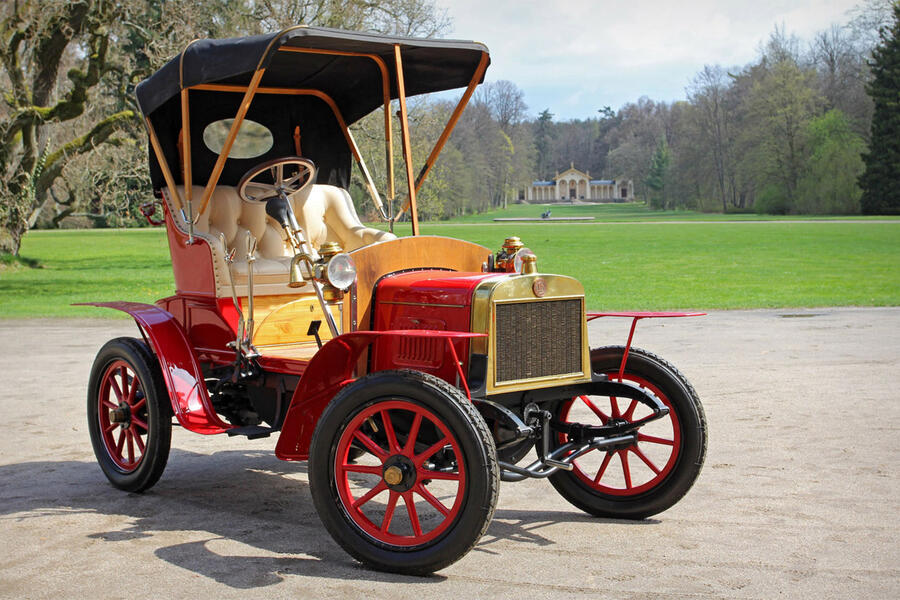





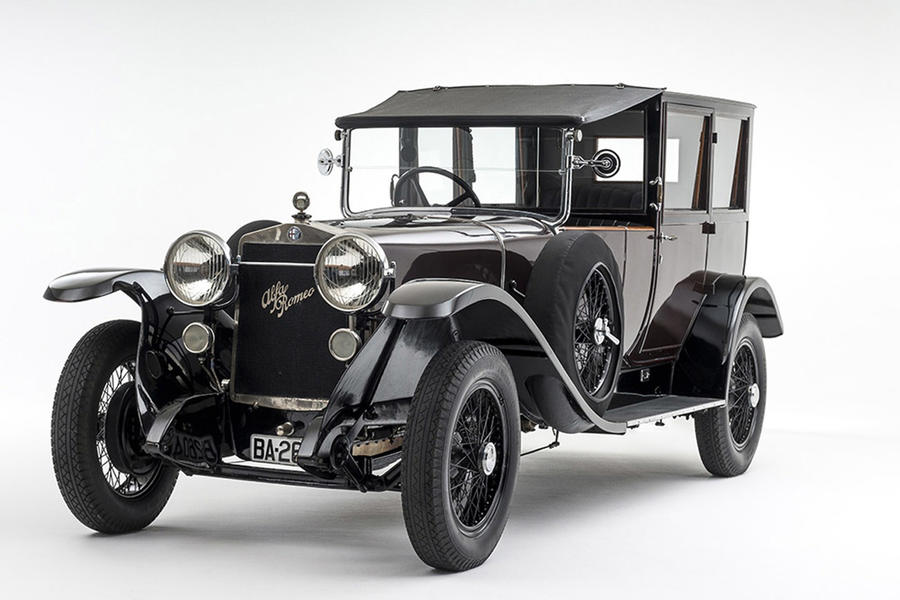























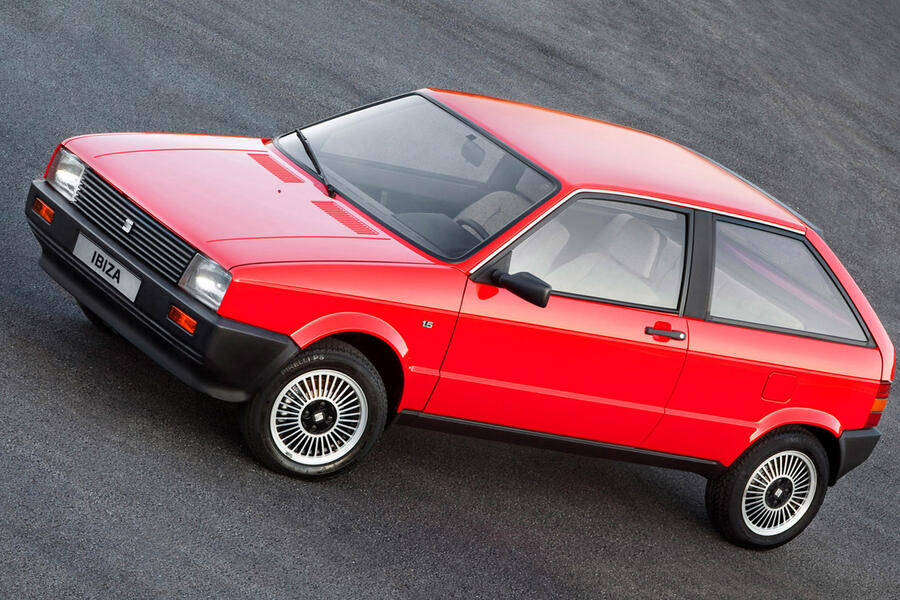







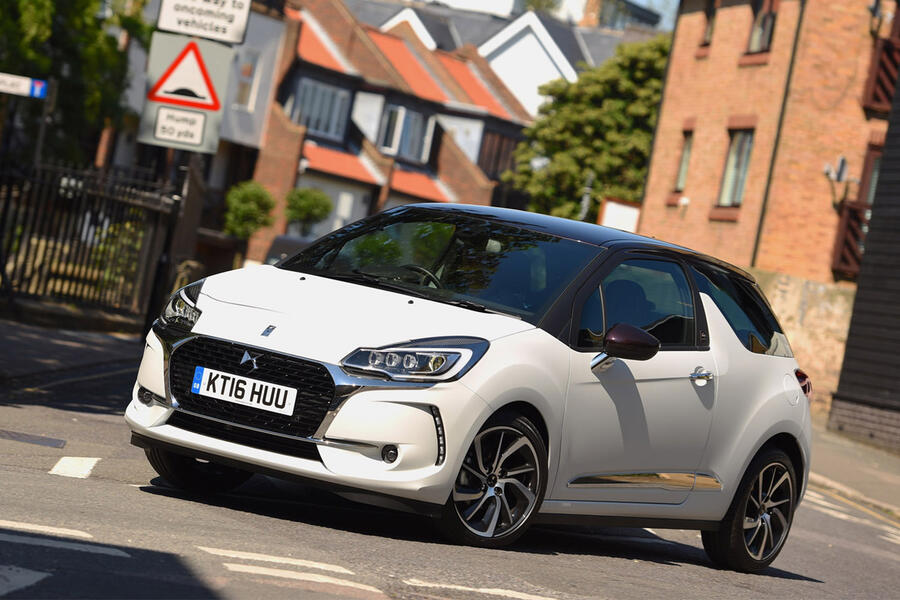
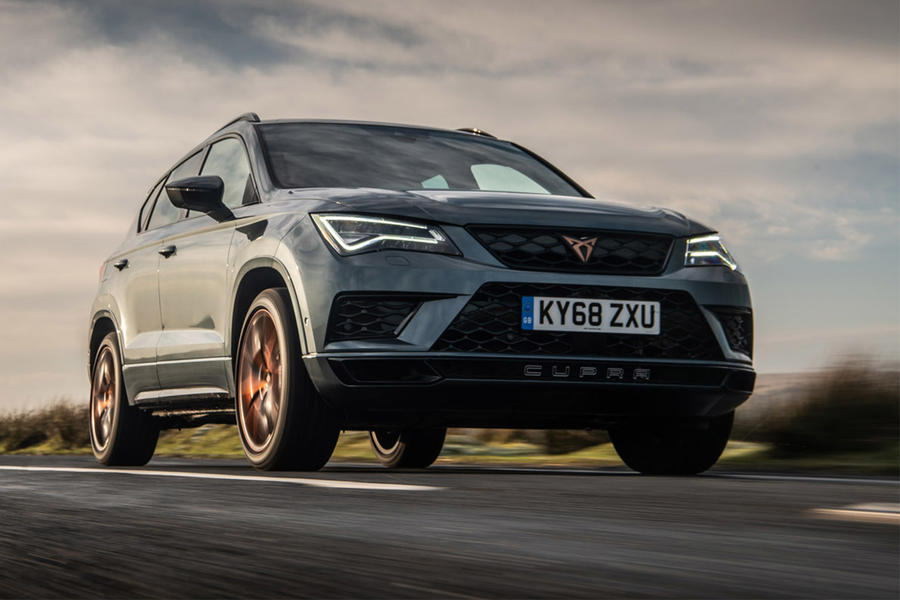



Join the debate
Add your comment
FIAT in 1902 reached the UK before Lancia in 1907
The text tells that Lancia was the first Italian car to reach our shore
Kia Pride....Mazda 121, surely?
The Kia Pride was based on the Mazda 121, surely, with whitewall tyres to differentiate. Most of the others from the 1960's on I remember. Datsun dealers appeared in the 70's as did Toyota, Honda and Subaru. Most of these were small dealerships, in Scotland at any rate, and you had to search for them if you wanted to test drive any new models. There were loads of Subaru models running around near where I stayed, because the local dealer had a ready market among the farming community or people who needed to get about in a hard winter.
Interesting that the first